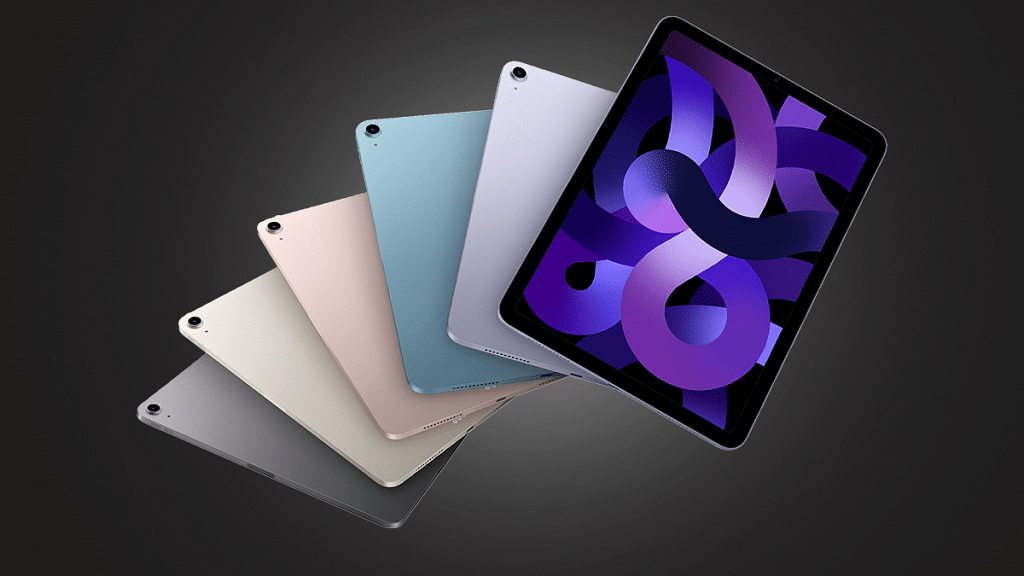Key Highlights
- CERT-In alerts Apple users of high-severity vulnerability
- Vulnerable devices: iPhones, iPads, MacBooks, and Vision Pro headsets
- Protect by updating, applying patches, and avoiding unsecured networks
CERT-In, India’s Computer Emergency Response Team, warns Apple product users. They’ve labeled the issue as ‘high’ severity. The problem they found is called a “remote code execution vulnerability.” This means that hackers could potentially access and control your device from afar, executing whatever commands they want on it. Also Read | Scammed On The Internet? Here’s How To Report Online Scams Via India’s Cyber Crime Portal
Affected Devices and Versions

According to CERT-In, this vulnerability affects iPhones and iPads running on iOS and iPadOS versions before 17.4.1. If you have an iPhone XS or a newer model, or an iPad Pro 12.9-inch 2nd generation or later, you’re safe with version 17.4.1. But if you’re using an older model, like an iPhone 8 or an iPad Pro 9.7-inch, you’ll need the 16.7.7 update.
Even Apple’s Safari browser is affected. Versions before 17.4.1 on macOS Monterey and macOS Ventura have the vulnerability. MacBook users on macOS Ventura versions prior to 13.6.6 and macOS Sonoma versions prior to 14.4.1 are also at risk.
The warning extends beyond iPhones, iPads, and MacBooks. Users of the Vision Pro headset should be cautious, as versions before 1.1.1 of VisionOS are also vulnerable.
Understanding The Vulnerability
The issue comes from problems in WebRTC and CoreMedia, which can let hackers manipulate web links to attack devices remotely. If they succeed, they can take control of your system.
Also Read | Online Safety: Eight Essential Cybersecurity Tips For Kids
How To Protect Your Apple Devices

To keep your Apple devices safe, follow these steps:
- Update Your Software: Always keep your iOS, iPadOS, and macOS devices updated with the latest software. This way, you get the latest security fixes from Apple.
- Apply Security Patches: Whenever Apple releases patches to fix vulnerabilities, make sure to install them promptly.
- Secure Network Connections: Stick to secure Wi-Fi networks and avoid public or unsecured ones whenever possible. This lowers the chance of someone accessing your device without permission.
- Enable Two-Factor Authentication (2FA): Adding an extra layer of security with 2FA can help mitigate the impact of credential compromises.
- Download Apps from Trusted Sources: Stick to the Apple App Store for downloading apps or software to avoid potential threats from untrusted sources.
- Backup Your Data: Regularly back up your important data to protect against data loss due to security breaches or system failures.
- Stay Informed: Keep yourself updated about security alerts and advisories from trusted sources like CERT-In or Apple to take proactive measures against emerging threats.
By following these steps, you can help ensure the ongoing security of your Apple devices.
